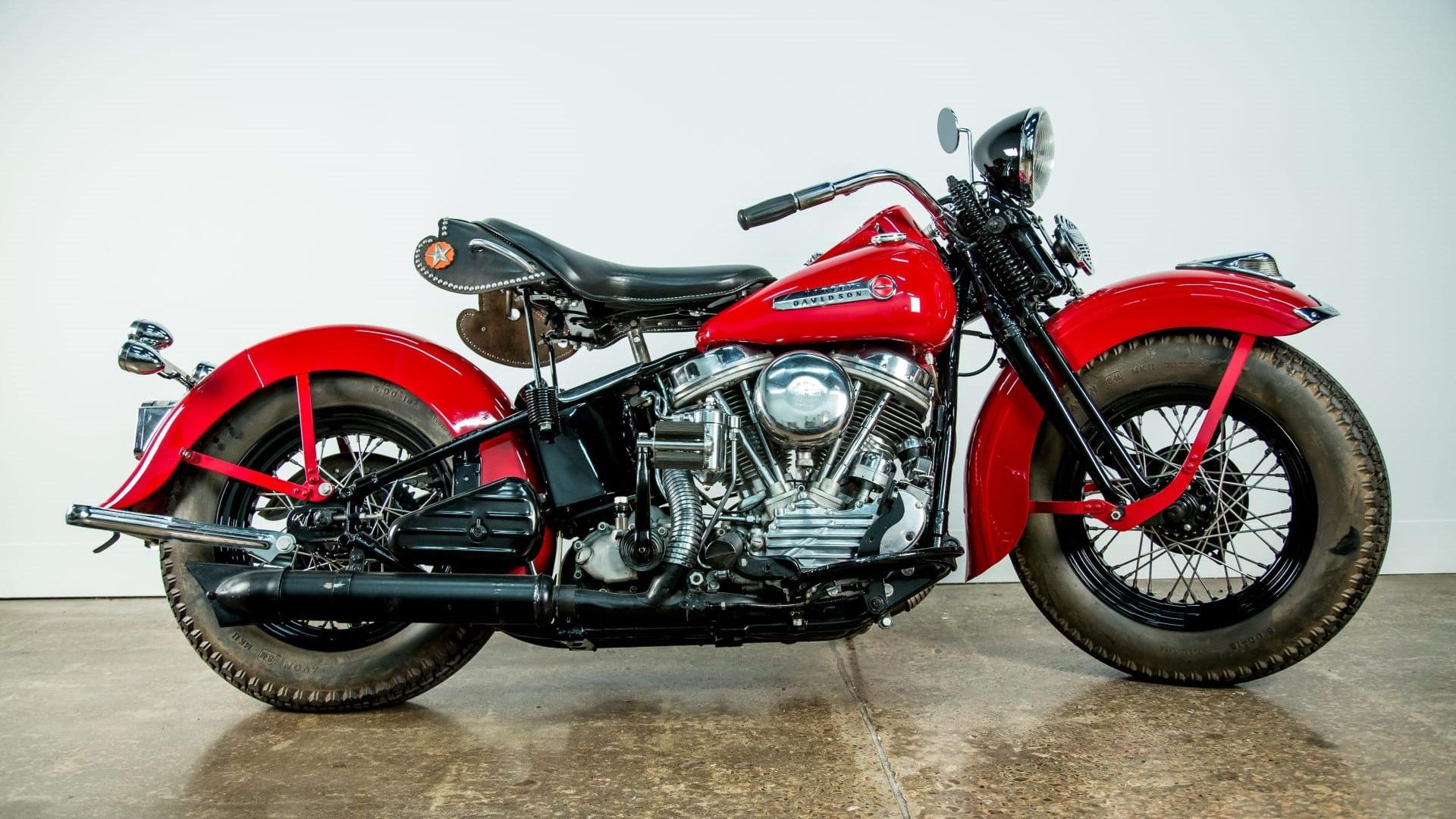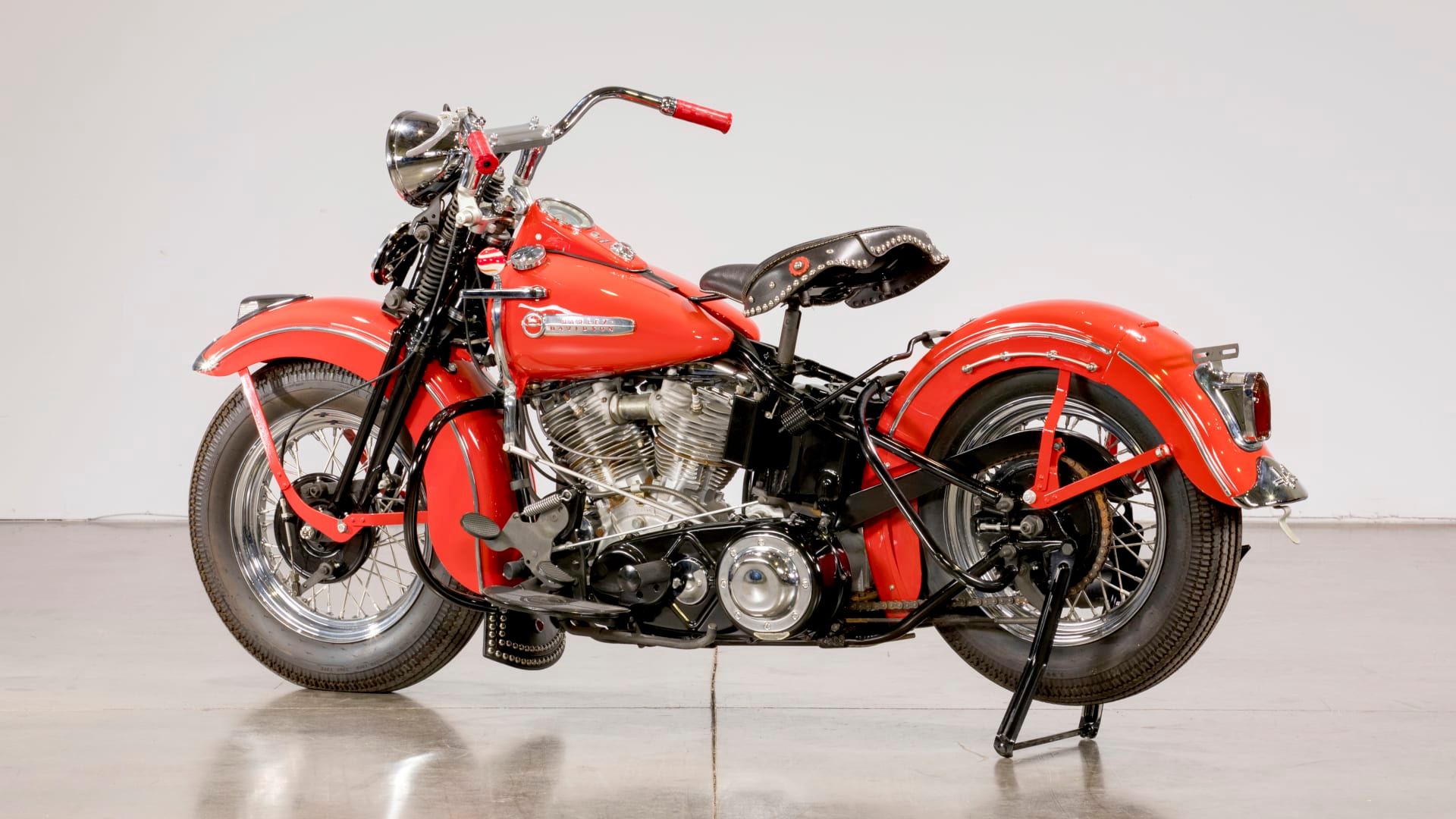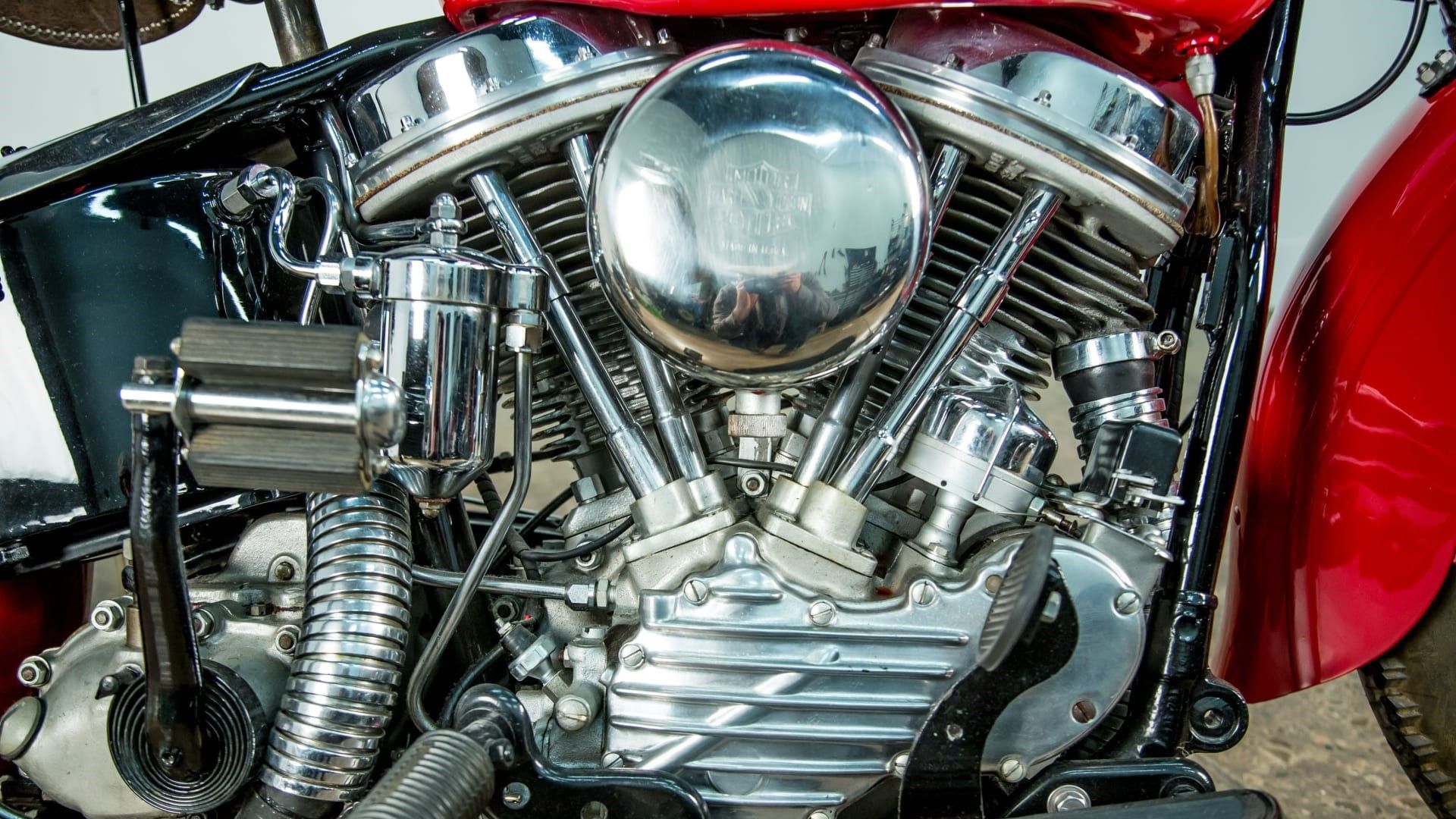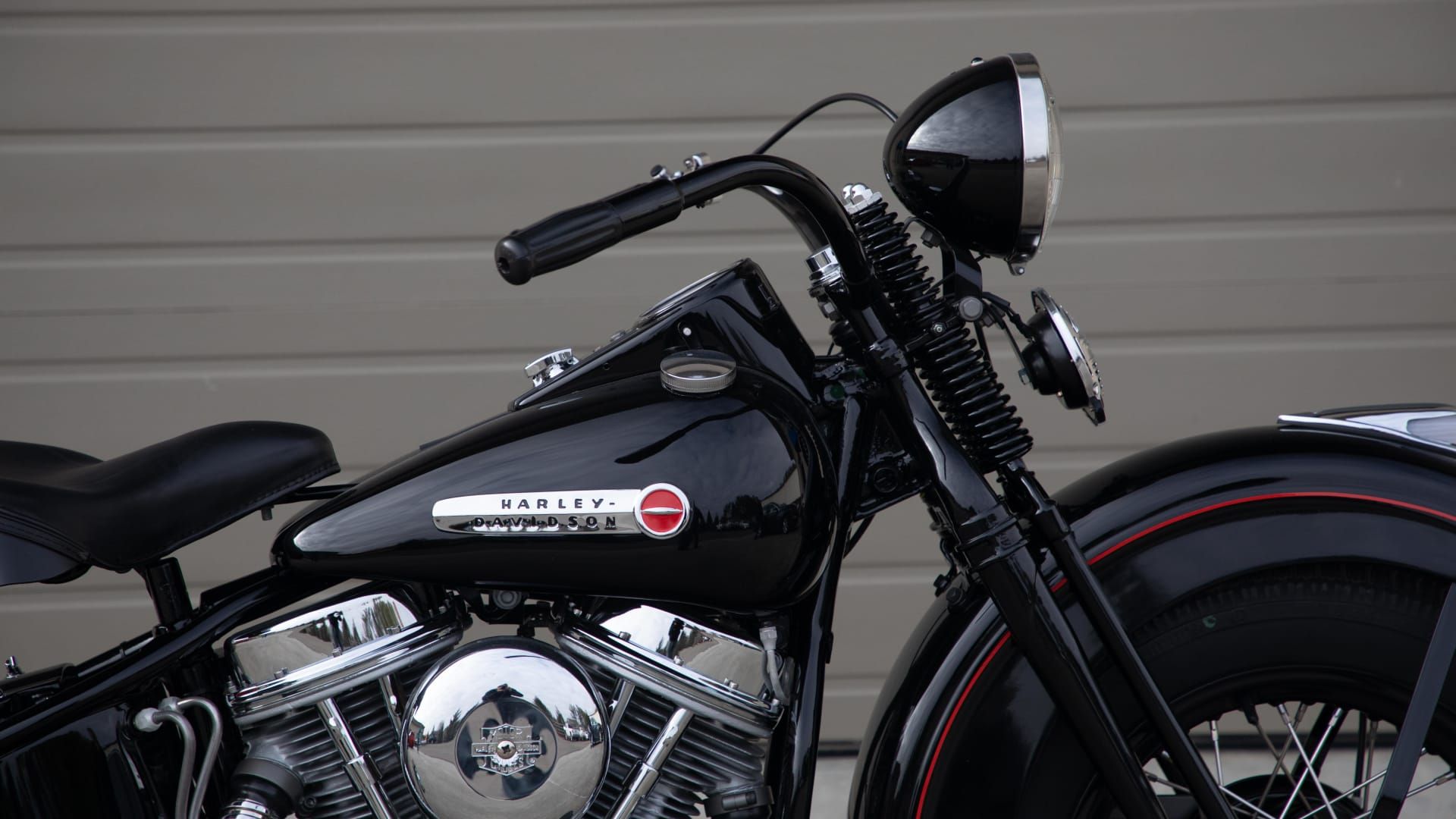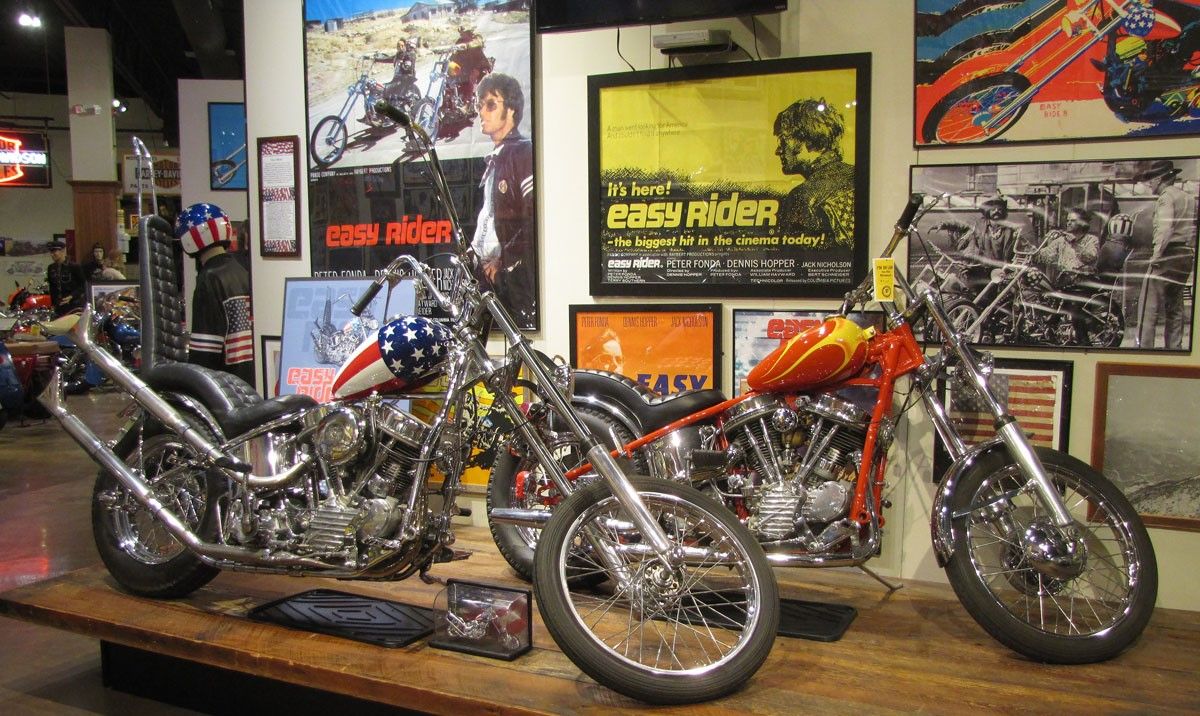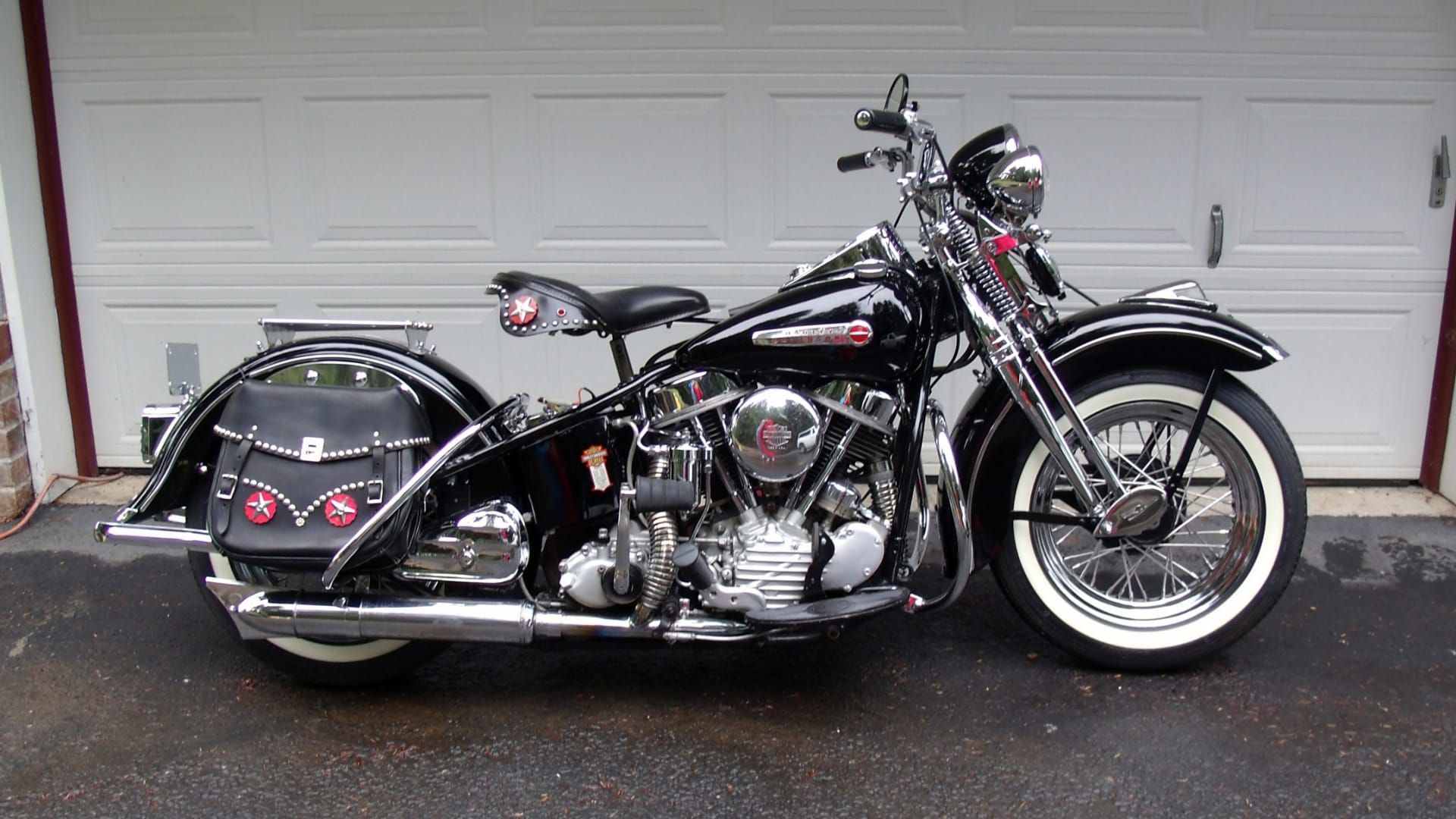Read update
- We have updated this article with more cool information as to why the Harley-Davidson Panhead is one of the most influential motorcycles in America. It even made Indian Motorcycles sweat with the level of performance and flexibility offered. We give you a more detailed insight into the American motorcycling icon.
Key Takeaways
- The Harley-Davidson Panhead is an iconic classic motorcycle that captivated Americans and gave rise to the country's motorcycling movement.
- While its predecessor, the Knucklehead, overshadowed it, the Panhead introduced improvements like better road performance and refined design.
- The Panhead played a significant role in shaping American motorcycling culture with its comfort, touring capabilities, and influence on the custom motorcycle scene. Prices for a Panhead today can exceed $80,000.
The Harley-Davidson Panhead has an old-school look and feel to it. With some refinements and new technology, this Harley sure packs a punch and was the last of the big guys. The Panhead was Harley's try at improving on the already revered Knucklehead. In fact, the modifications that the Milwaukee-based motorcycle maker made to the Knucklehead's V-Twin is what resulted in the birth of the "Panhead".
UPDATE: 2023/10/28 11:37 EST BY TIJO TENSON
We have updated this article with more cool information as to why the Harley-Davidson Panhead is one of the most influential motorcycles in America. It even made Indian Motorcycles sweat with the level of performance and flexibility offered. We give you a more detailed insight into the American motorcycling icon.
Today, the Panhead is one of the most sought-after classic Harley-Davidson motorcycles, and prices can shoot over $80,000 with ease for this 75-year-old motorcycle. All the fame that this Harley enjoys is for a very strong reason. The Panhead has single-handedly captivated Americans to hop onto a motorcycle. It was the first machine that gave a sense of expression and adventure to enthusiasts craving to experience something unique. Behind the rumbling V-Twin love, the bobber craze, and the iconic history of Harley-Davidson is the Panhead that gave America its very own motorcycling movement.
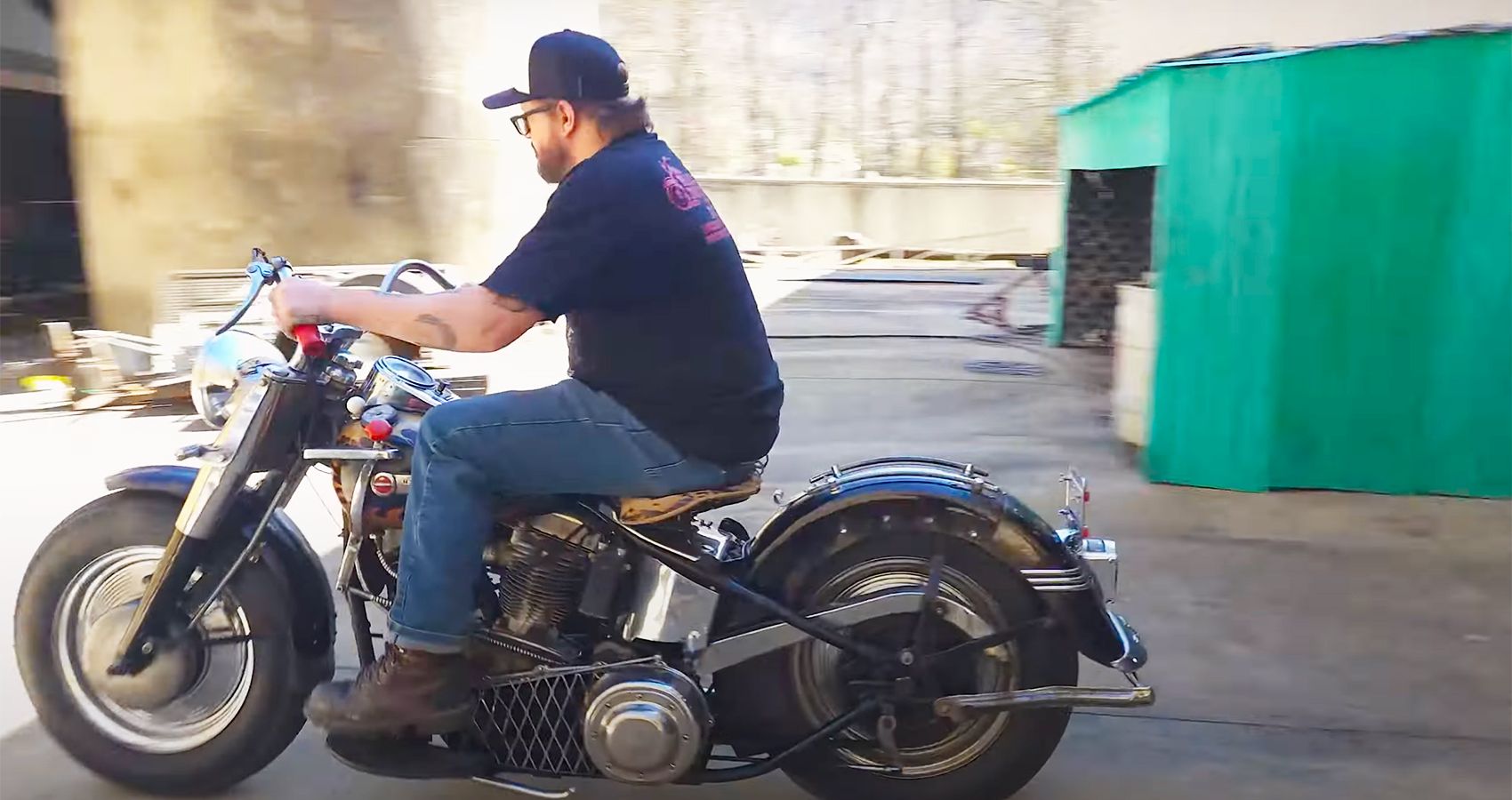
Check Out This Epic 1949 Harley-Davidson Panhead Hot Rod
The Wheels Through Time YouTube channel spill all the details about this historic hot rod motorcycle and get it back out on the road where it belongs.The Most Underrated Motorcycle Of The 1940s
Harley-Davidson designed every feature of this new bike for the improved road network. It had the speed and efficiency needed for long road trips and the comfort to match. The 1948 Harley Panhead was the bike that introduced fun trips, but it was still not the most recognized bike of its day.
Despite being the best roadworthy Harley-Davidson of that decade, the Panhead was still riding in the shadows of its war-hero predecessor, the Knucklehead. The veterans had returned with tales of how their Knucklehead had served them in the worst terrains, and the Panhead's road exploits were not enough to win the hearts of Knucklehead fans.
It did not also help that the 1923 Flatheads were still in production or that Panhead needed frequent upgrades until they finally stopped producing the Panheads in 1965. Harley-Davidson had 18 years to win the hearts of a new class of customers, but people barely saw the Panhead in its merits until its glory days were over.
Harley-Davidson Panhead Was The Knucklehead's Successor
It is no news that the whole idea of modern motorcycles originated from Milwaukee; we are not talking about the 1885 Daimler and Maybach Reitwagen or any of those first-generation "riding cars." The Harley-Davidson was the first expression of how the motorcycle industry was supposed to look, but the Panhead seemed to be an exception to that glory.
Harleys have been the pride of Milwaukee and even America for several decades because of the extensive design of these two-wheeled wonders. Between 1903 and 1948, the Harley-Davidson brand grew from selling three bikes in their first year to selling 31,163 units in '48. It would seem Milwaukee is home to the most extensive bike brand of that time. Well, until the Harley Panhead.
The first-gen Panheads were technically improved versions of the iconic Knuckleheads. The engineers at Harley-Davidson wanted to give what American riders wanted in the 1940s—more power. To achieve this, they modified the top half of the Panhead's push-rod V-Twin to be more refined.
As the second production model of the Harley-Davidson Overhead valve engine motorcycle, everyone had a lot of expectations for the Panhead. The manufacturers and their customers expected this exciting new collection to last longer than the Knucklehead and the flathead engine. Still, this new addition to the Harley-Davidson engine history did not sit well with worshipers of the Knucklehead.
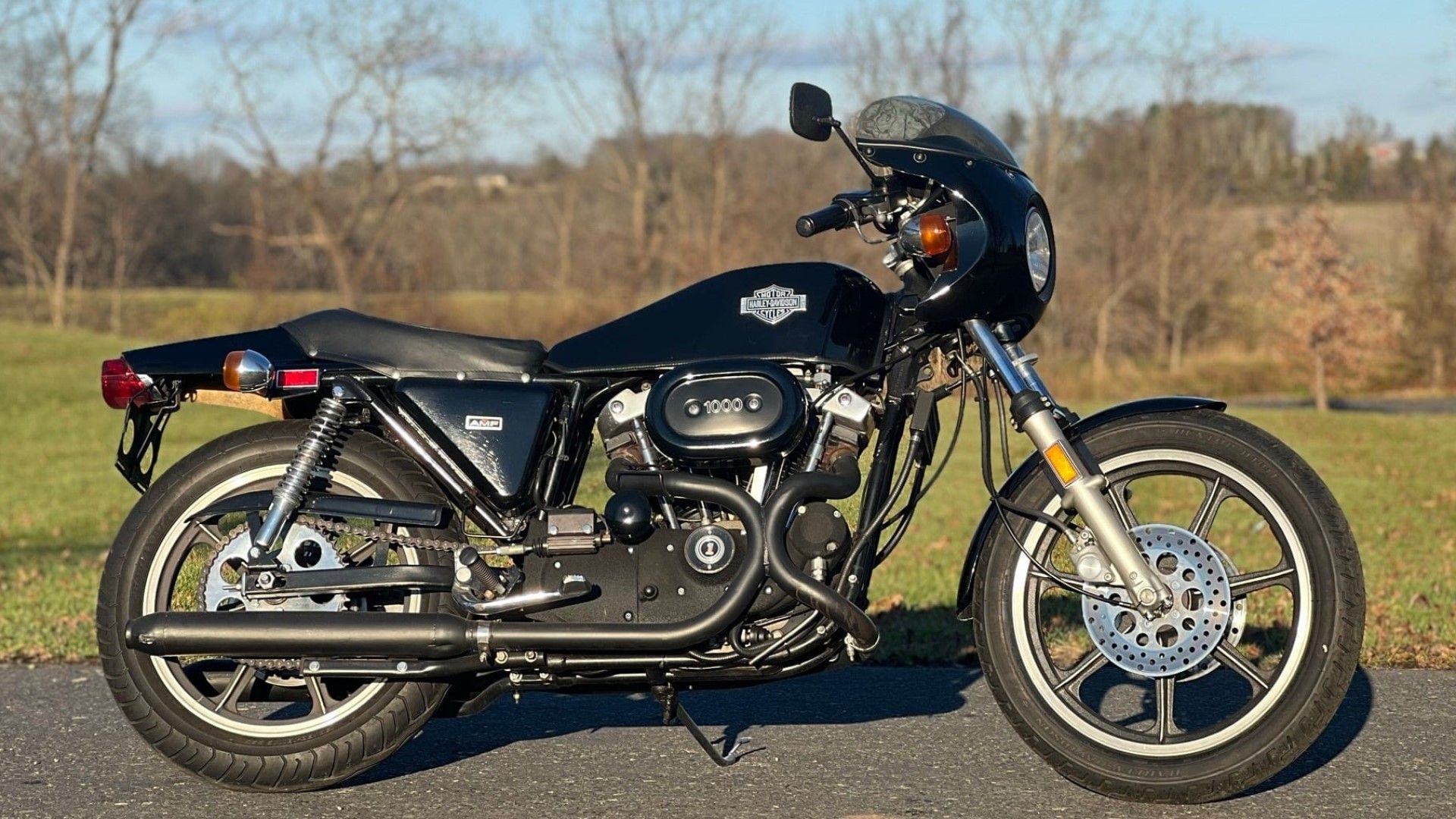
10 Classic Harley-Davidson Motorcycles We Would Love To Ride
Few manufacturers boast a heritage that's as rich as Harley-Davidson's. Here are ten desirable classics we'd love to ride from the Milwaukee marque.Harley-Davidson Push-Rod V-Twin And The 'Panhead' Name
The Harley-Davidson Knucklehead was the quintessential World War II bike. You can almost call it the ride that gave us the United Nations and civilization as we know it, so its successor needed to come with some hardcore magic, and Panhead was the bike for that ride. Where the Knucklehead was ideal for wartorn terrain and offroad, the 1948 Harley-Davidson Panhead was created for the peace that followed.
It did not have the cast-iron heads and poor heat dissipation that made Knuckleheads suitable for war transport. Instead, the 1948 Panhead had cast aluminum heads that allowed more effective heat dissipation. It also had better oil pumps for easier lubrication. As a necessary bonus, the Harley-Davidson put all their new bike's valves, springs, and rockers under a Panhead cover. Hence, the name of this iconic classic Harley.
The Harley-Davidson Panhead packed a pushrod V-Twin with two valves per cylinder. It was offered as either a 61 cu-in or a 74 cu-in engine. It was the latter that instantly impressed "power-demanding" enthusiasts. The 1,208cc V-Twin was capable of churning out 50 hp and 62 lb-ft of torque.
1948 Harley-Davidson Panhead Engine Specs
|
Manufacturer |
Harley-Davidson |
|
Configuration |
Pushrod V-Twin |
|
Displacement |
1,208cc (74 cu-in) |
|
Power |
50 hp |
|
Torque |
62 lb-ft |
|
Fuel |
Gasoline |
|
Noteworthy Applications |
Harley-Davidson FL Hydra Glide (1949-1965), FL Duo Glide (1958-1864), FLH Electra Glide (1965) |
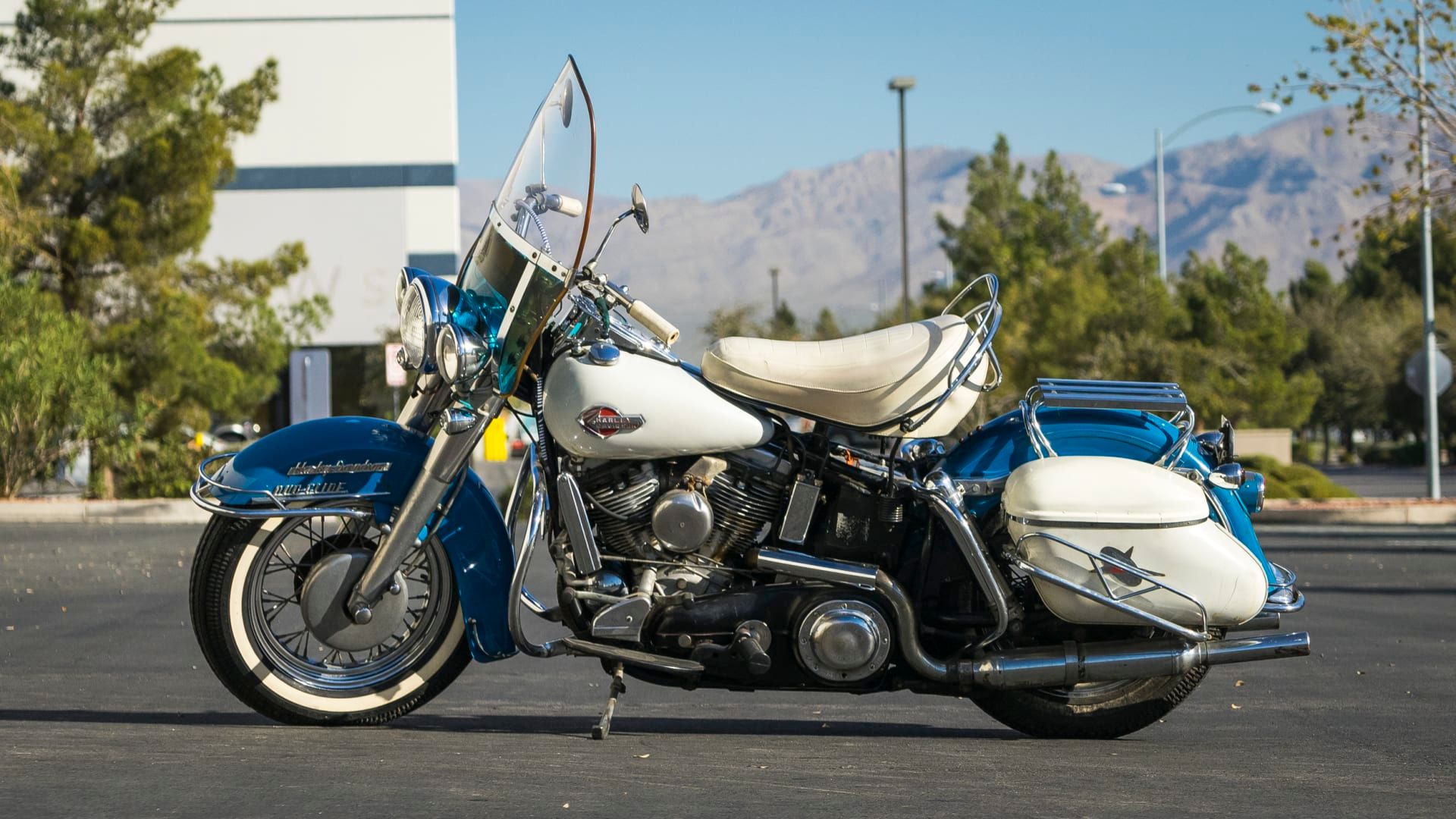
12 Classic Harley-Davidson Motorcycles That Are Now Worth A Fortune
Thought Harleys were on the expensive side? These classics take that thinking a few steps further.The Harley Panhead Got Frequent Upgrades Till 1965
While the Panhead created an excitingly new road experience, you can also call it an experiment. It was the first time Harley-Davidson explored their bike at this power, with many improvements to match the new roads. While the bike was already a beast on the road, there would be hiccups.
Between its debut and its final production lap in 1965, the Panhead got over six adjustments to its components. Some were innovative upgrades like the increased horsepower in 1960 and the hydraulic drum brakes of 1958. The Harley-Davidson Panhead was not a motorcycle designed for races but became more endearing with the extra horsepower and brakes.
The other adjustments do not fall under the category of upgrades; they mainly were required adjustments. Since the aluminum cast head and oil pumps were newly designed, Harley-Davidson may have tested them for pre-production purposes. Still, no one anticipated how they would adjust to extensive use. The power demands and the oil passageways meant that the manufacturers had to change the bike's bearing sizes and oil pumps with every batch.
Harley-Davidson Panhead And American Motorcycling Culture
The Panhead gave America a taste of comfortable motorcycle cruising. Its predecessor, the Knucklehead, was a 'rough' machine primarily built to aid in the war. The returning veterans and American motorcycling enthusiasts craved more: more power, more comfort, and more riding dynamics.
The Panhead gave people exactly what they asked for: a comfortable and touring-ready Harley-Davidson. Riders were able to exploit the Panhead's impressive chassis and suspension construction. It was better than the Knucklehead and was especially notable on long rides. Veterans loved the upgrade, and so did every other Harley-Davidson admirer. The result was over 12,000 Panheads sold in 1948 and close to 100,000 units sold over the next 18 years.
Elvis Presley owned a Harley Panhead, and so did Jerry Lee. This further elevated its popularity over the years. The modified Harley Panhead Chopper with stars and strips from 'Easy Rider' is considered the world's most famous, most recognizable custom motorcycle. Peter Fonda's character rode it. His co-star Dennis Hopper rode a read-yellow Panhead bobber.
This brings us to the custom motorcycle scene that the Panhead helped kick-start in America. The simple construction of this iconic Harley-Davidson made it the perfect canvas for many bike builders to create wild, one-off custom motorcycles. Pin-stripping and metal-flake paintings are some cool custom ideas that originated with the Panhead.
So, everything from America's cruising culture, the love for V-Twin rumble, motorcycle clubs, and a vibrant custom motorcycling scene has, in one way or another, its origins in the Harley-Davidson Panhead.
1948 Harley-Davidson Panhead Prices Today
Getting a 1948 Harley-Davidson Panhead in 2021 is either a brave attempt to enjoy a vintage motorcycle or a money-wasting attempt to immortalize it. The mesmerizing appeal of this beast also came with some caveats. While it may have been roadworthy in the '40s, the Panhead is no longer the king of the road.
The cost of the J.D. Power guide places the 1948 Panhead in five categories, depending on multi-speed transmissions, clutch assembly, electronics, engine options, dual brakes, sidecars, etc. Additional features like chrome, paint, engine modifications, and market conditions will also affect the values by 10%-30%.
Classic.com estimates put the average price at over $28,000. But there have also been instances of pristine Harley Panheads selling for well over $50,000. The present costs of this vintage Harley-Davidson attest to the quality of the Harley brand and, more importantly, the retained value of the Panhead.

